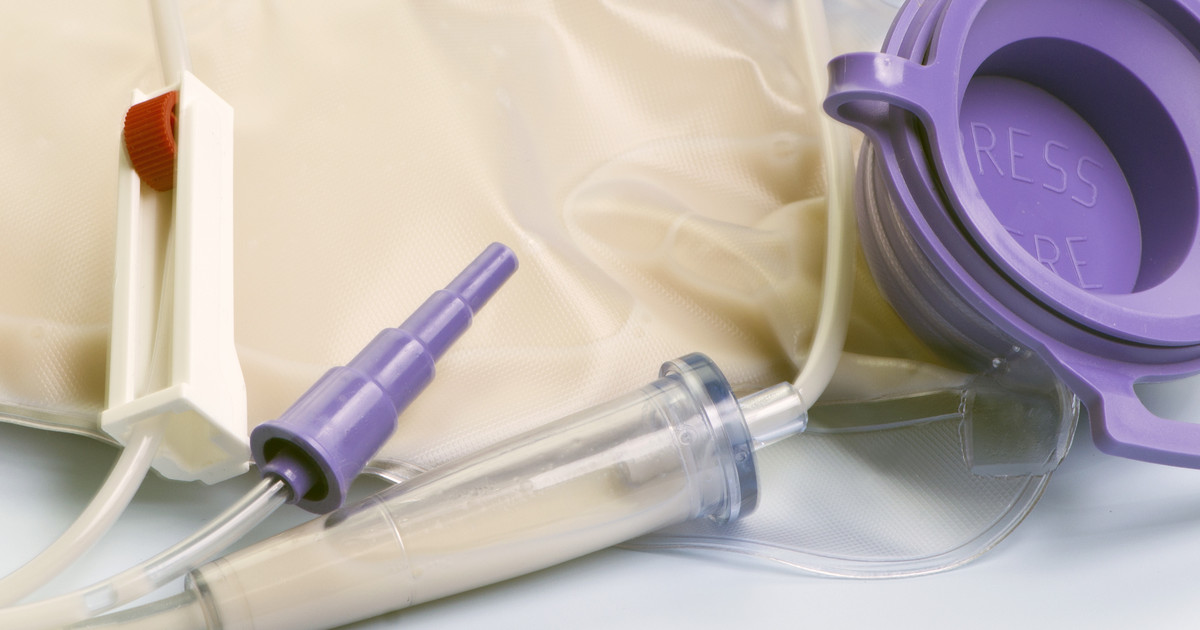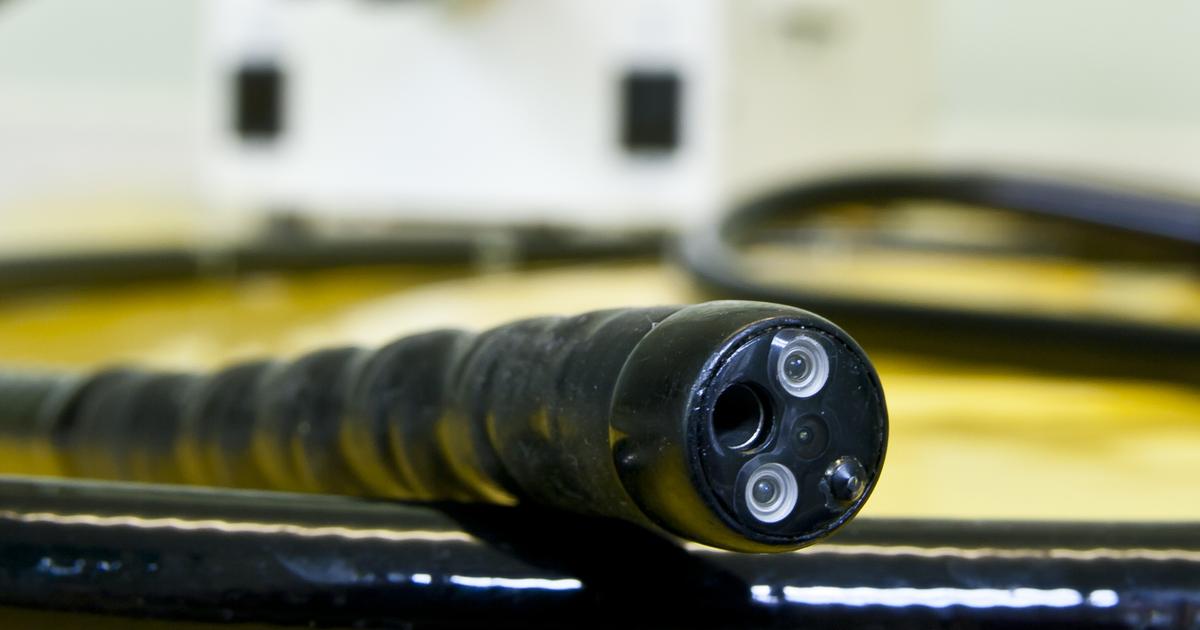What To Expect From A Feeding Tube Insertion Procedure
A healthy individual places food into their mouth, which they then chew and swallow. The food moves into the stomach from the esophagus, where it is digested and broken down before entering the small intestine for nutrient absorption. When there is a structural or functional issue with any of the muscles, nerves, organs, or tissues involved in the movement of food to the stomach that keeps an individual from eating, they will need to be fed through an alternative method. A feeding tube insertion procedure, which is also called a gastrostomy, is a surgery where a feeding tube is installed in the patient's stomach through an abdominal incision. Feeding tube insertion procedures are required for patients with conditions that make it extremely difficult for them to eat normally.
Patients may require gastrostomy tube feeding for many reasons, including as a treatment for Crohn's disease and celiac disease. Babies born prematurely may need an infant feeding tube. It is often liquid food for feeding tube patients. However, individuals must first understand why these tubes are used and how the procedure works.
Why Feeding Tubes Are Used

An individual may need a feeding tube if they have trouble eating on their own. Patients may also need a feeding tube if they have a malformation of their esophagus or mouth that makes it difficult for them to eat or unsafe for them to eat normally. Individuals who have problems swallowing and keeping food down may also need to have a feeding tube inserted. Those who are not receiving adequate nutrition or fluids by mouth are also considered candidates for a feeding tube.
Common medical conditions that may necessitate the use of a feeding tube include severe burns, stroke, motor neuron disease, dementia, and cancer. Other examples are premature birth, neurologic disorders, atrial septal defect, and cerebral palsy. A temporary or even permanent feeding tube may be necessary for patients affected by bronchiolitis obliterans, celiac disease, Chiari malformation, Sanfilippo syndrome, and chronic lung disease. This also applies to Crohn's disease, cystic fibrosis, Down syndrome, oral motor disorders, muscular dystrophy, macroglossia, laryngeal cleft, and kidney failure.
Types Of Feeding Tubes

The common type of feeding tube used for long-term feeding is a gastrostomy tube. This is the tube inserted directly into the patient’s stomach through an abdominal incision. Patients get this type of feeding tube when they require tube feeding for longer than six weeks. However, there are other types of feeding tubes. Another long-term option is a jejunostomy tube, which is a feeding tube inserted through the patient’s stomach and into their small intestine. It can also be inserted directly into the patient’s small intestine through an abdominal incision. Of course, patients have short-term options as well. The most common short-term type of feeding tube is a nasogastric tube, which is inserted through the patient’s nose, down their esophagus, and into their stomach. Patients will receive it if they need tube feeding for six to eight weeks or less.
How To Prepare For The Procedure

An individual can prepare for their feeding tube insertion in several ways to ensure the procedure goes well. The doctor performing the procedure will need to know if the patient is taking any anticoagulants regularly. Examples include warfarin, dipyridamole, and ticlopidine hydrochloride. Patients are often instructed to stop taking these medications a couple of days before the procedure. If necessary, their doctor will give them an alternative method for blood-thinning.
During the week before the feeding tube insertion procedure, the patient should not take any medications containing acetylsalicylic acid or nonsteroidal anti-inflammatory drugs. A patient will be instructed not to eat or drink anything during the eight hours before their procedure. Patients will need to arrange transportation to and from the facility where their procedure will take place. Some patients are asked to stay overnight at a location that is thirty miles or less from the facility where their procedure is done. Some will need to stay overnight at the hospital and should pack an overnight bag with personal items.
How The Procedure Works

During a feeding tube insertion procedure, the patient is given anesthesia and a pain reliever so they do not feel any discomfort and are not aware of what is going on. They will be positioned in a lying position on their back before the surgeon inserts the endoscope into their mouth and down their esophagus. The endoscope camera is used to examine the lining of the stomach and ensure the feeding tube is placed correctly. Once the surgeon is satisfied with what they can see with the endoscope, they make a small incision in the patient's abdomen and insert the tube into their stomach.
The surgeon uses specialized materials to secure the feeding tube and close the surgical wound. The site where the tube exits the patient's abdominal skin is referred to as the stoma site. The entire procedure usually does not take over an hour. At the surgeon's discretion, x-rays and other imaging methods may be used to help carry out this procedure instead of the endoscope. This type of surgical feeding tube insertion is usually recommended for patients who need to be tube fed for at least three months.
Risks Of The Procedure

A feeding tube placement procedure is known to be a safe procedure, but all surgical procedures have risks of complications. Before the procedure, the patient will receive a consent form that outlines all of the possible complications. They need to discuss them with their surgeon. A patient who is known to have adverse reactions to sedation medications and anesthesia is at a higher risk of experiencing complications during a feeding tube insertion procedure.
Patients who have a feeding tube insertion procedure may experience pain as a complication. Other possible complications include the leakage of stomach contents around the feeding tube at the stoma site, the development of an infection at the stoma site or inside the abdomen, food or fluid aspiration, and bleeding from the incision. Additional examples of potential feeding tube insertion complications are blockage of the feeding tube, dislodgement of the feeding tube, bleeding from other organs that have become damaged during the procedure, and an infection in other organs that may have been damaged.
After The Procedure

After the feeding tube insertion procedure, the individual is taken to a recovery unit for observation as they come off the anesthesia. Some individuals may be able to return home the same day as their feeding tube insertion procedure. In contrast, others will have to stay in the hospital overnight. The dressing placed over the area where the tube is inserted should not be removed until between twenty-four and forty-eight hours following the procedure. It takes around five full days for the stoma site to heal around the feeding tube fully.
An individual who has had a feeding tube insertion procedure should expect to feel cramping and gas pain in the week following the procedure. The patient will be taught by their doctor how to use and care for the feeding tube. They will learn how to wash the site and how to bathe with the feeding tube in place properly. They will learn what symptoms to watch out for in case of an infection and how to empty their stomach properly. Additionally, patients will learn how to feed themselves with the tube and what to do if the feeding tube becomes obstructed.
When To Contact A Doctor

Most patients recover and adjust well to life with a feeding tube. However, there are cases in which patients need to contact a doctor about their feeding tube. All patients need to know when these times happen. Of course, one of the times that patients will need to contact a doctor is if their tube comes out. The doctor will need to reinsert the tube. When the feeding tube was first inserted, patients must keep an eye on the insertion site. They should contact their doctor if they see drainage around the insertion site after a few days. Patients also need to do this if they see any bleeding around the site as well. Other reasons to contact a doctor about a feeding tub include if the tube is blocked, patients have issues with the feeding formula, or if there are any signs of an infection. Infection symptoms include fever, as well as swelling and redness around the insertion site.
Tips For Caring For The Tube

The best tip for patients when they are caring for their feeding tube is to wash their hands thoroughly first. They should do so with soap and water for a minimum of twenty seconds. However, if this is not feasible, patients can use an alcohol-based hand sanitizer instead. In both cases, their hands must be clean and dry before working with the tube. Another major tip for caring for a feeding tube is to prevent clogs. This is a common and significant problem for patients with a feeding tube. Thankfully, it is manageable. Patients should flush their feeding tube with water before and after they use it. Ideally, they should also flush the tube with water when they take medication and at least once on days that they do not use it too.
Oral Health And A Feeding Tube

When they have one, a feeding tube is where patients will typically receive most of their nutrition. In fact, many patients get all of their nutrition from a feeding tube while they have one. Although this takes the pressure off their mouth, oral health is still vital. Patients need to brush their teeth daily, along with their tongue. It can also help to floss regularly as well. Brushing and flossing both help patients take care of their gums as well. Finally, some individuals with a feeding tube should apply lip balm regularly to keep them adequately moistured.
Living With The Tube

At first, most patients will need a special formula for their feeding tube. This will be formulated with specific nutrition requirements in mind and will be suited for the feeding tube. However, many patients will be able to make their own formula over time and even blenderize meals to flow through the tube. Of course, they must ensure that they prevent clogs and care for their tube appropriately. Many individuals who need a feeding tube may worry about meals in restaurants or at dinner parties. If they would prefer not to eat, it can help to have a simple, pre-determined explanation and leave it at that. However, some individuals find that not drawing too much attention to it and simply plugging in their pump is beneficial. It also helps to ask restaurants to blenderize meals for them.
It is also vital to be physically active even with a feeding tube. Patients can run or walk, of course, but should ask their doctor about other exercises, particularly if they work their abdominal muscles. Many patients can also benefit from seeking support, both from within their family or a support group, when they have a feeding tube.
